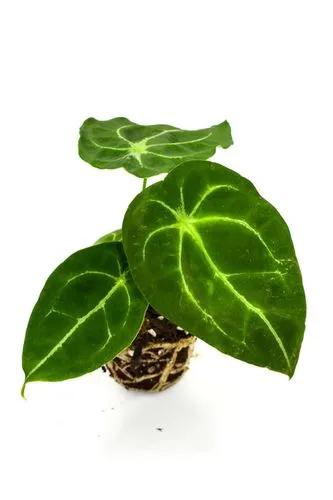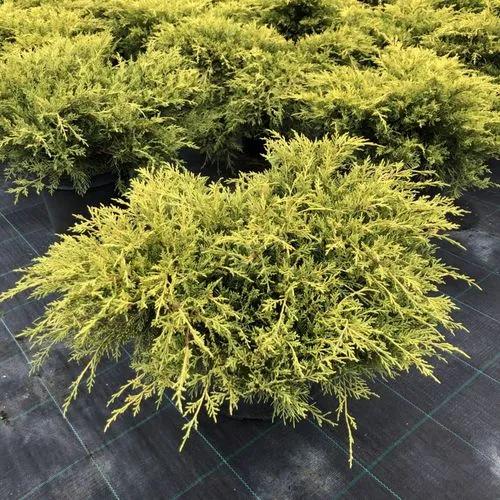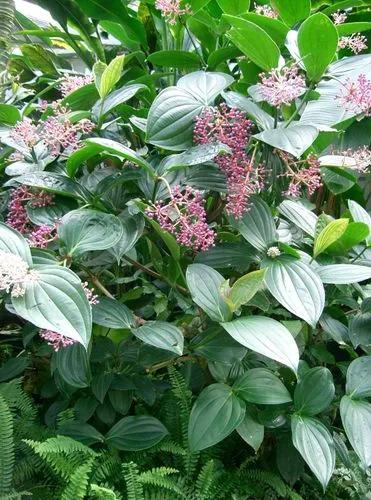Portulacaria afra (known as elephant bush, dwarf jade plant, porkbush and spekboom in Afrikaans) is a small-leaved succulent plant found in South Africa. These succulents commonly have a reddish stem and leaves that are green, but also a variegated cultivar is often seen in cultivation.
Dwarf Jade Bonsai Tree Care
Portulacaria Afra Dwarf Jade



How to Care for the Plant

Water

Jade trees can hold large amounts of water inside their leaves, so water sparsely and allow the plant to dry out a little between watering. If the tree is kept relatively cold during winter months, watering can be done as seldom as once every three weeks. Monitor your tree closely and water the moment the soil dries out slightly. The Jade Bonsai is not as particular about over-watering as most other succulents.Jade trees can hold large amounts of water inside their leaves, so water sparsely and allow the plant to dry out a little between watering. If the tree is kept relatively cold during winter months, watering can be done as seldom as once every three weeks. Monitor your tree closely and water the moment the soil dries out slightly. The Jade Bonsai is not as particular about over-watering as most other succulents.

Pruning

Because the Jade tree is a succulent, it retains water in its trunk and branches. The water retention makes the tree limbs heavy which naturally bends the trunk and branches. It responds very well to pruning, and you should prune it regularly to force it to grow branches, especially in the lower part of the trunk. Do not use cut-paste on Jade trees. The nature of its trunk and branches make it very susceptible to rotting. The bark is very soft, so be cautious when wiring. If you do wire your Jade tree, make sure to monitor it closely as the wire will cut into the bark quickly.

Fertilizer

Fertilize your Jade tree once a month, spring through autumn, during the growth season. Any normal fertilizer, as described in our fertilize section, should be fine.

Sunlight

Full sun

Soil

Soil Type Potting soil Soil pH 5.6 to 6.5

Temperature

Temperature: In the winter it can tolerate 50-61 degrees but will be fine between 61 and 71 degrees. Freezing temperatures will destroy this succulent plant. It will do well indoors throughout the year, but will be happiest if it gets to enjoy the outdoors during the summer.

Additional

The Jade tree has found to be mildly poisonous to humans upon ingestion, causing minor symptoms like vomiting and diarrhea. However, Jade plants are included in the list of extremely poisonous plants for dogs and cats, according to ASPCA. Dwarf Jade (Portulacaria afra) Originally from the dry regions of South Africa, the Dwarf Jade is a fleshy, soft, woody small tree that grows up to 3m (10ft.) It has a thick trunk, but a fine branch structure with thick green oval-shaped succulent leaves.

Popularity

1,473 people already have this plant 317 people have added this plant to their wishlists
Discover more plants with the list below
Popular articles






